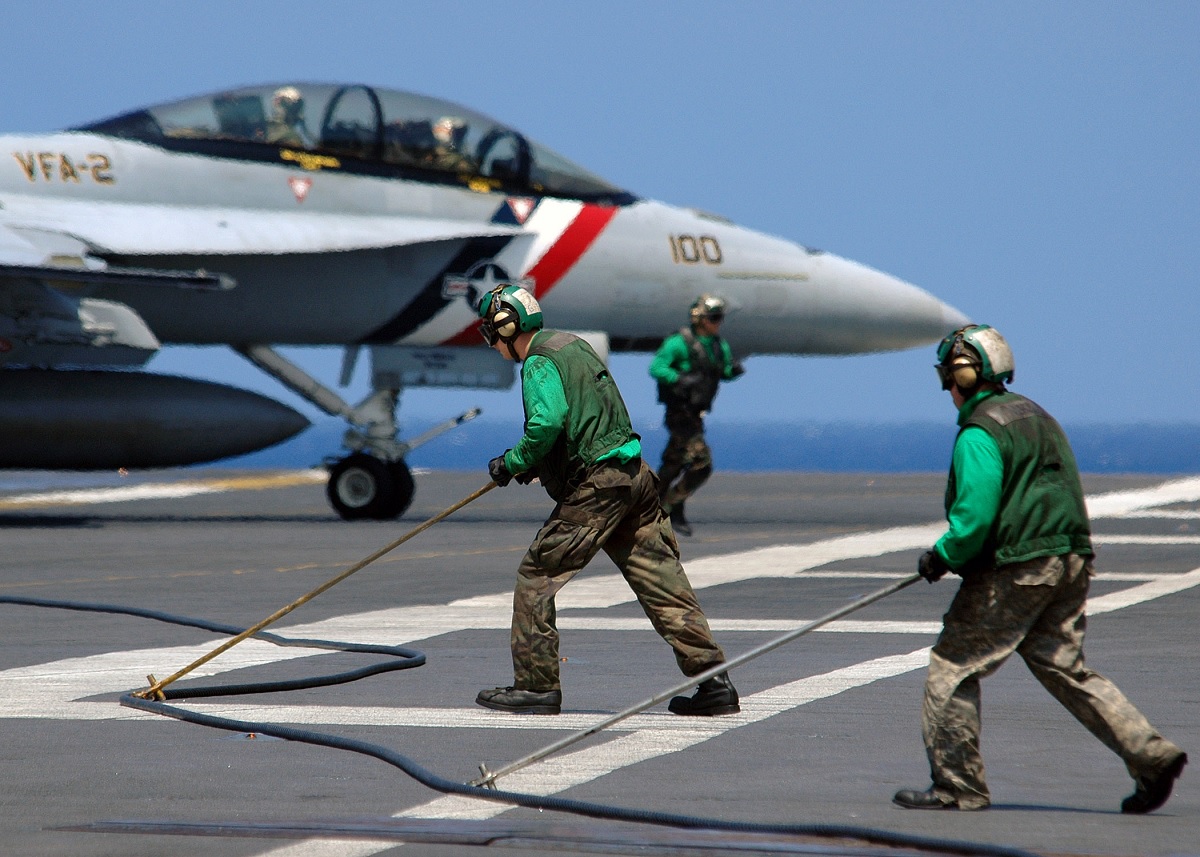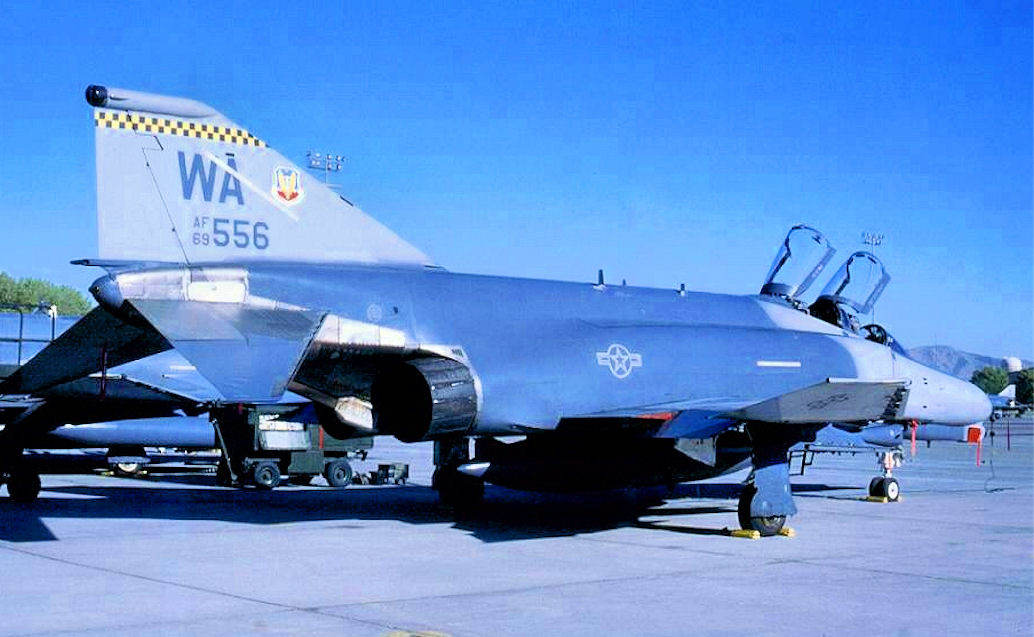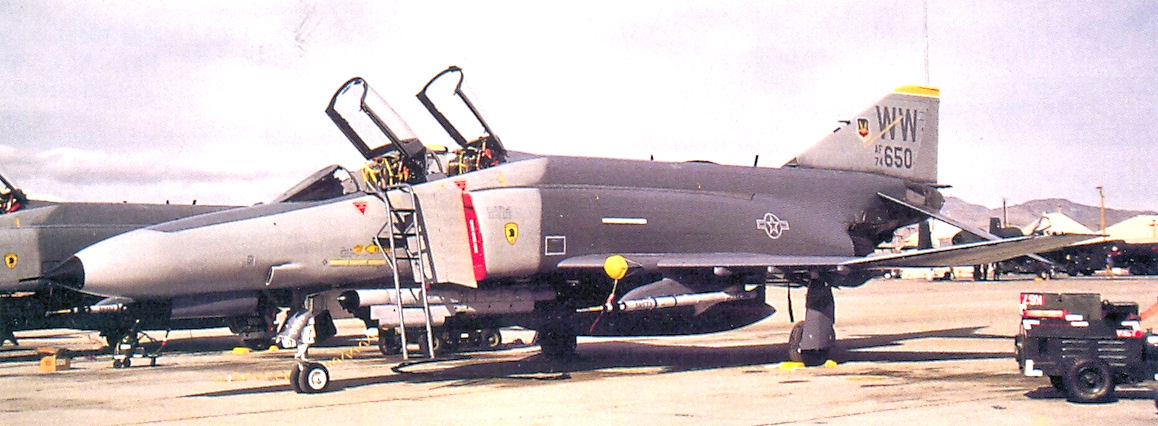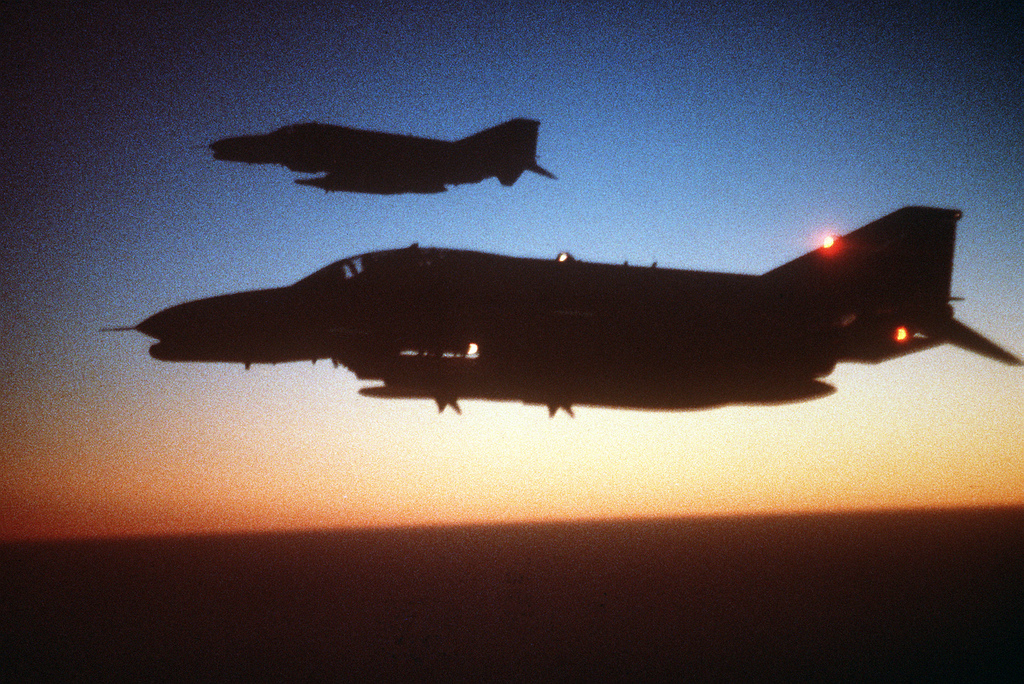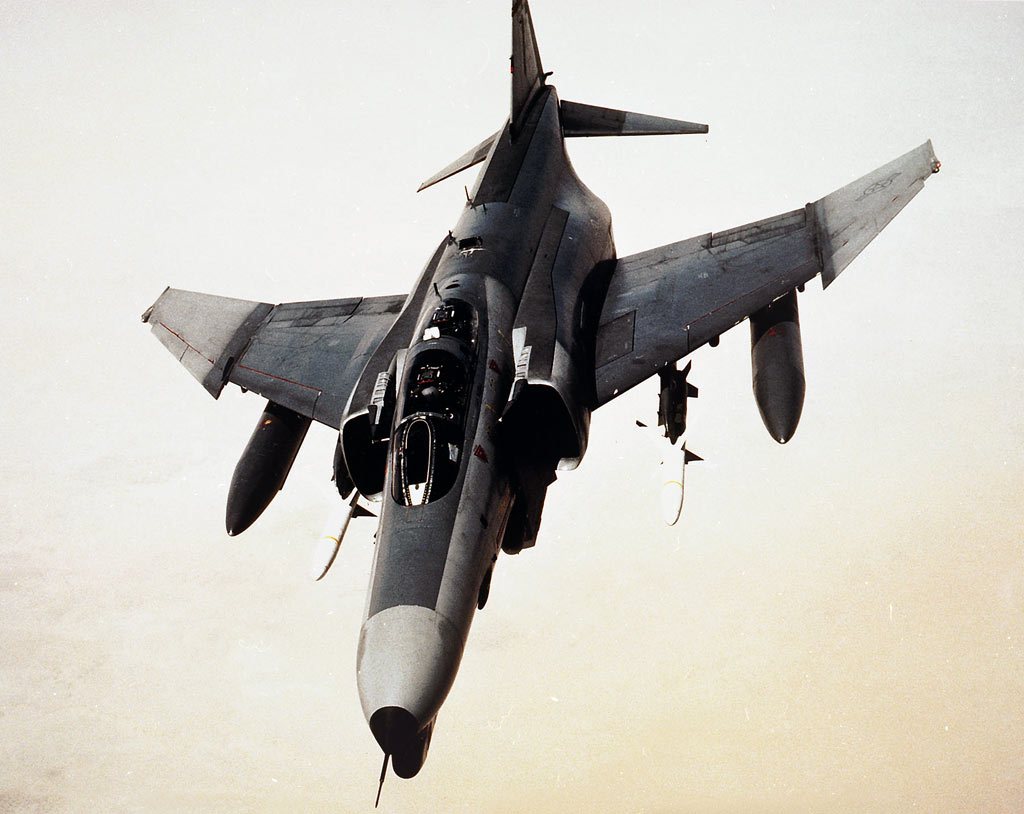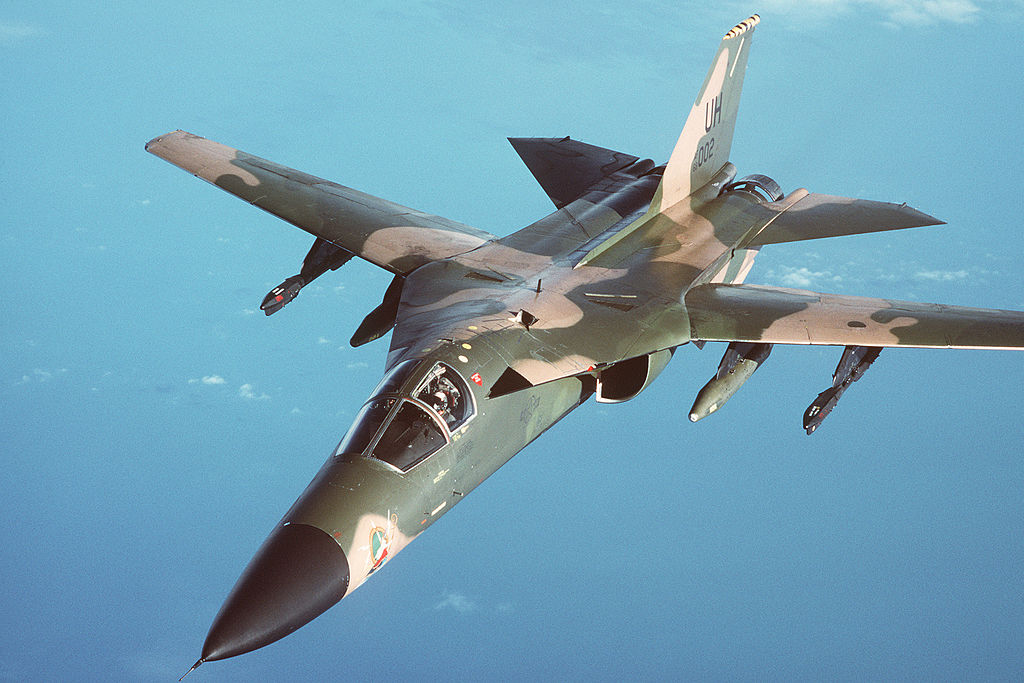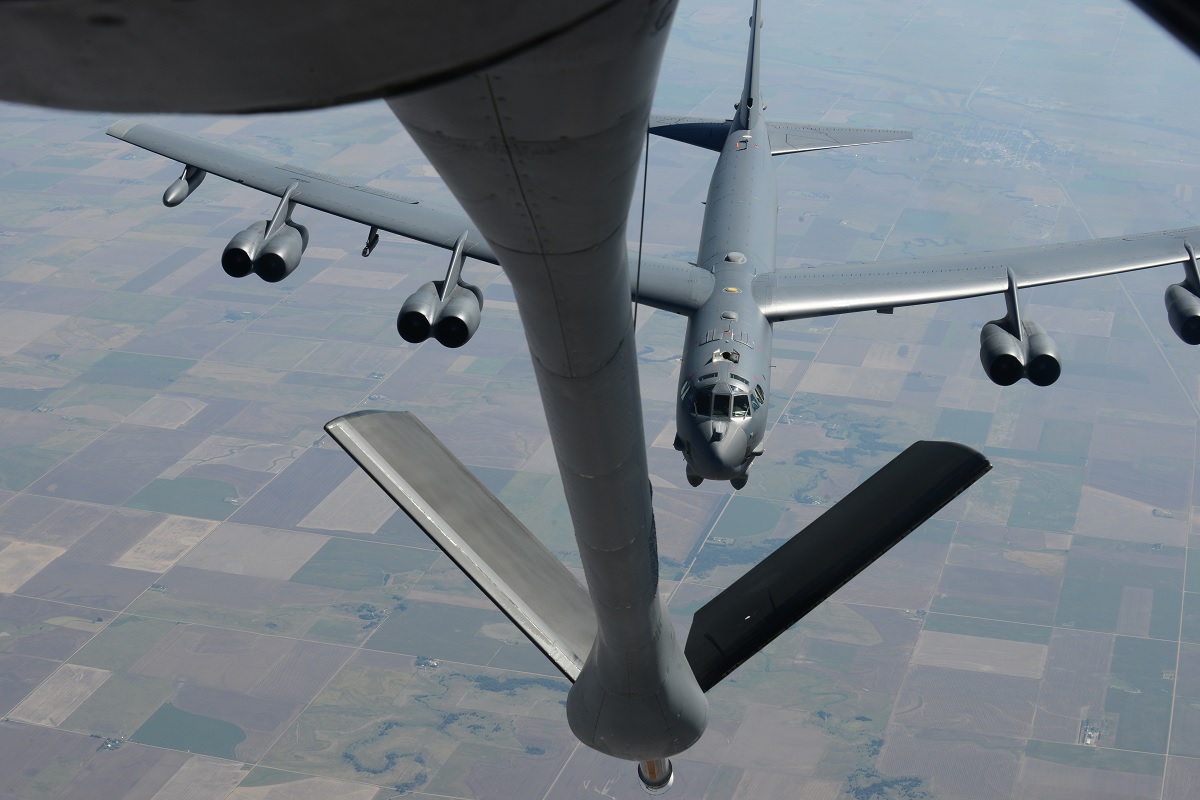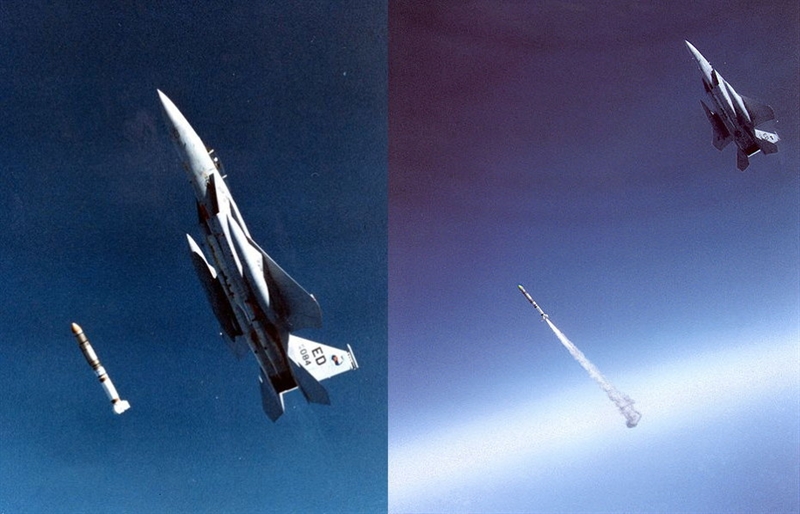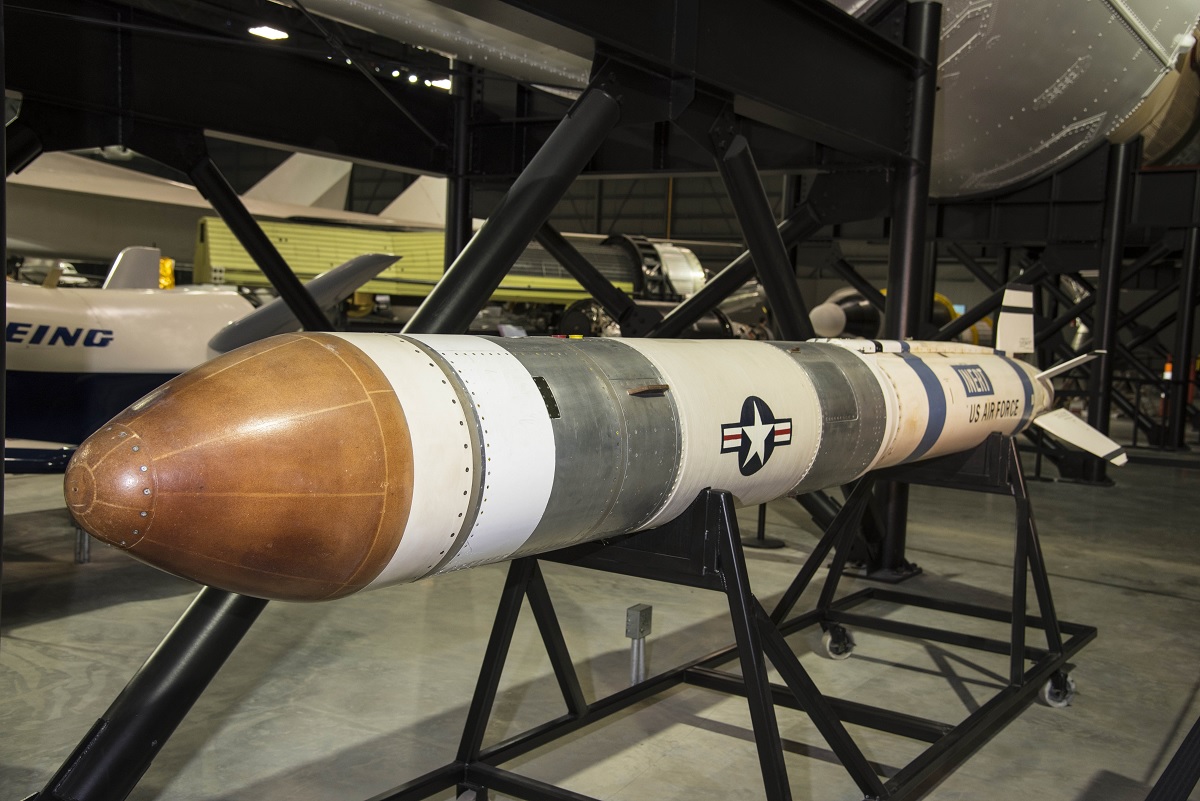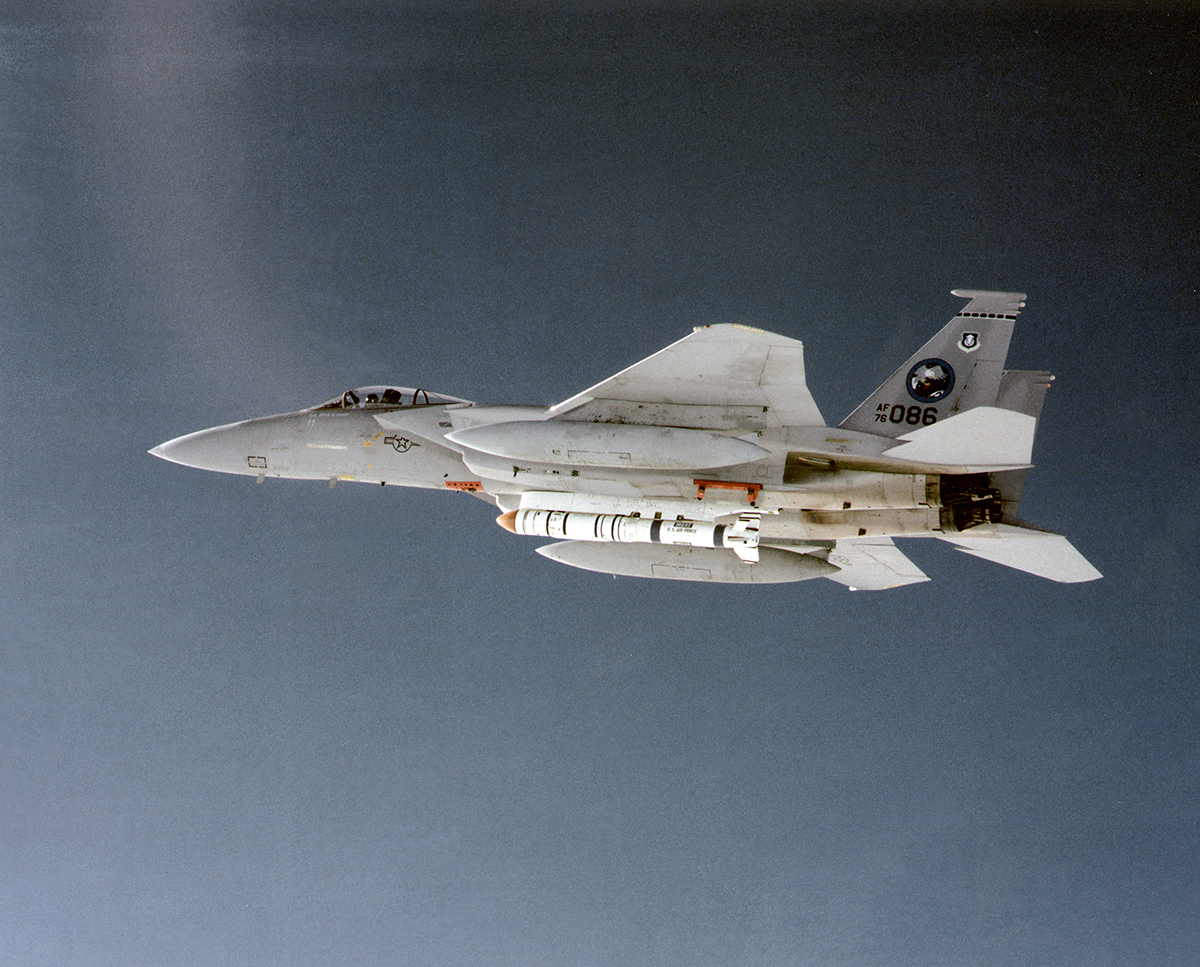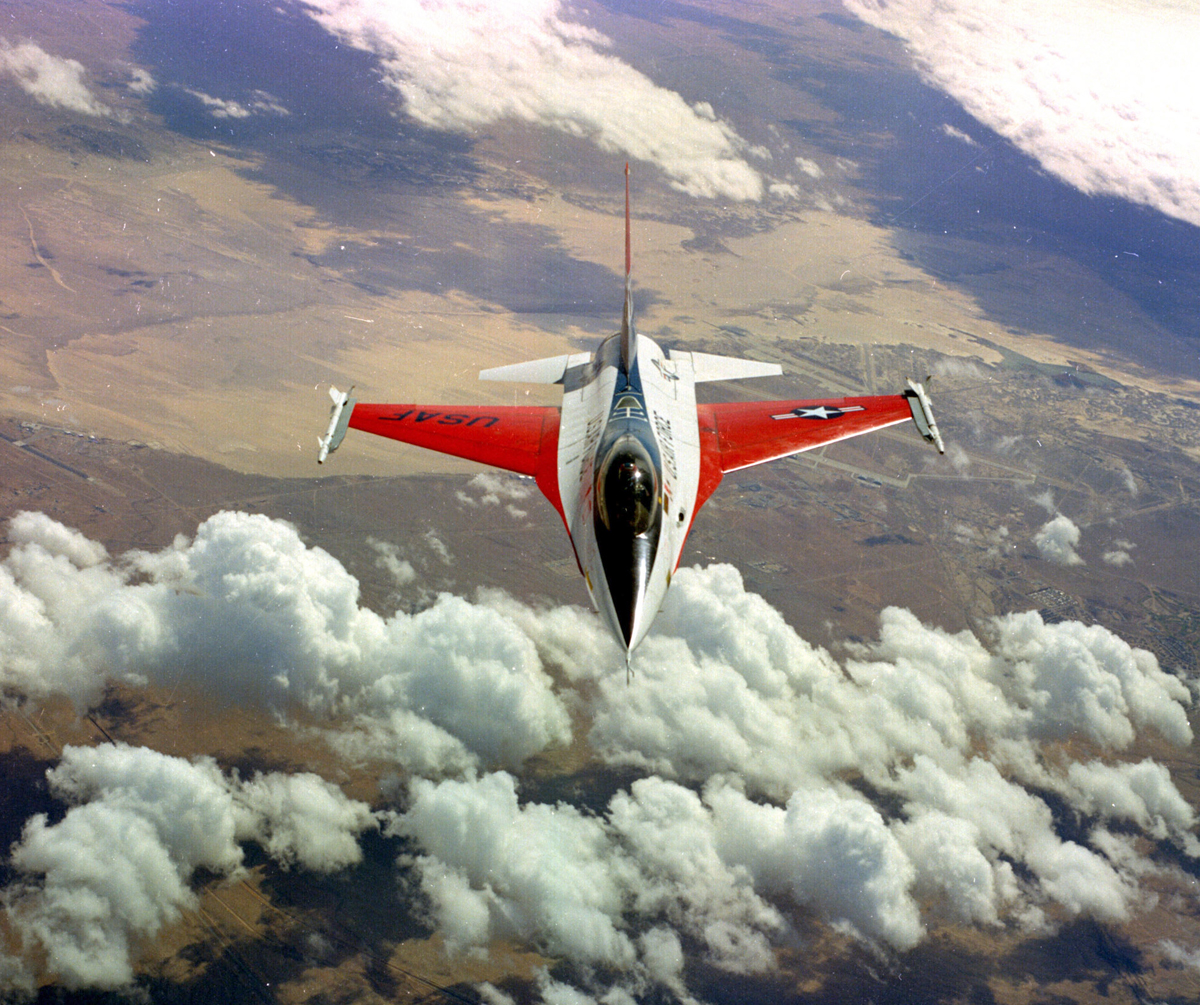The Lockheed-built Deep Submergence Rescue Vehicle 2, also known as Avalon informally, had a maximum depth rating of 5,000 feet and was designed to rescue submarine operators trapped in the water.
A C-5A Galaxy is loaded with the Deep Submergence Rescue Vehicle 2 (DSRV-2) for a 5,500-mile journey from Naval Air Station (NAS) North Island, San Diego, California, to Scotland for training with the Royal Navy in this amazing photo from 1979.
Unofficially known as Avalon, the forty-ton, fifty-foot-long DSRV-2 was created by Lockheed Missiles and Space Company in Sunnyvale, California. It was put into use in 1971 and withdrawn in 2000. Avalon offered a solution to rescue submarine crews trapped beneath the ocean and was capable of diving up to 5,000 feet.
The 60th Military Airlift Wing (MAW) at Travis Air Force Base (AFB), California, was operating the C-5A, which had the Air Force serial number 70-0459. The aircraft had 23,940 flying hours when it was decommissioned in March 2011.
The C-5 has played a crucial role in air mobility for many years, allowing for the quick deployment of combat forces to any location in the world. Since its debut, the aircraft has been extensively used in each significant international crisis since the Southeast Asia War.
The range and cargo capacity of the C-5 far outstripped that of preceding USAF airlifters. The enormous cargo hold was more than 20 feet wide, 120 feet long, and 13 feet high.
It could transport 81 soldiers and 36 equipment pallets when configured normally. The C-5 was also employed to transport specialized large loads and was capable of holding up to three CH-47 Chinook helicopters, two M1 Abrams main battle tanks, or two Minuteman intercontinental ballistic missiles.
The C-5’s huge front and rear cargo doors, which were specially made for big airlifts, enable ground operators to load and unload the aircraft at the same time, speeding up the cargo transfer process. Vehicle loading was made easier and the use of specialized lift equipment was not required thanks to an inventive “kneeling” landing gear design. Despite its large size and weight, the C-5’s “high flotation” landing gear enabled the aircraft to operate from smaller, unsurfaced airfields, enabling the forward transport of soldiers and cargo.
Air Mobility Command (AMC) started an aggressive campaign to update its fleet of C-5A/B/Cs in 1998 after a study revealed that 80% of the C-5 airframe service life remained.
The Galaxy’s revised design is known as C-5M.
Photo by Lockheed Martin



